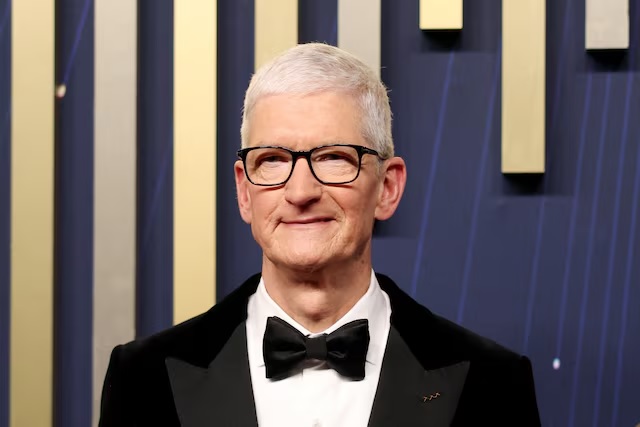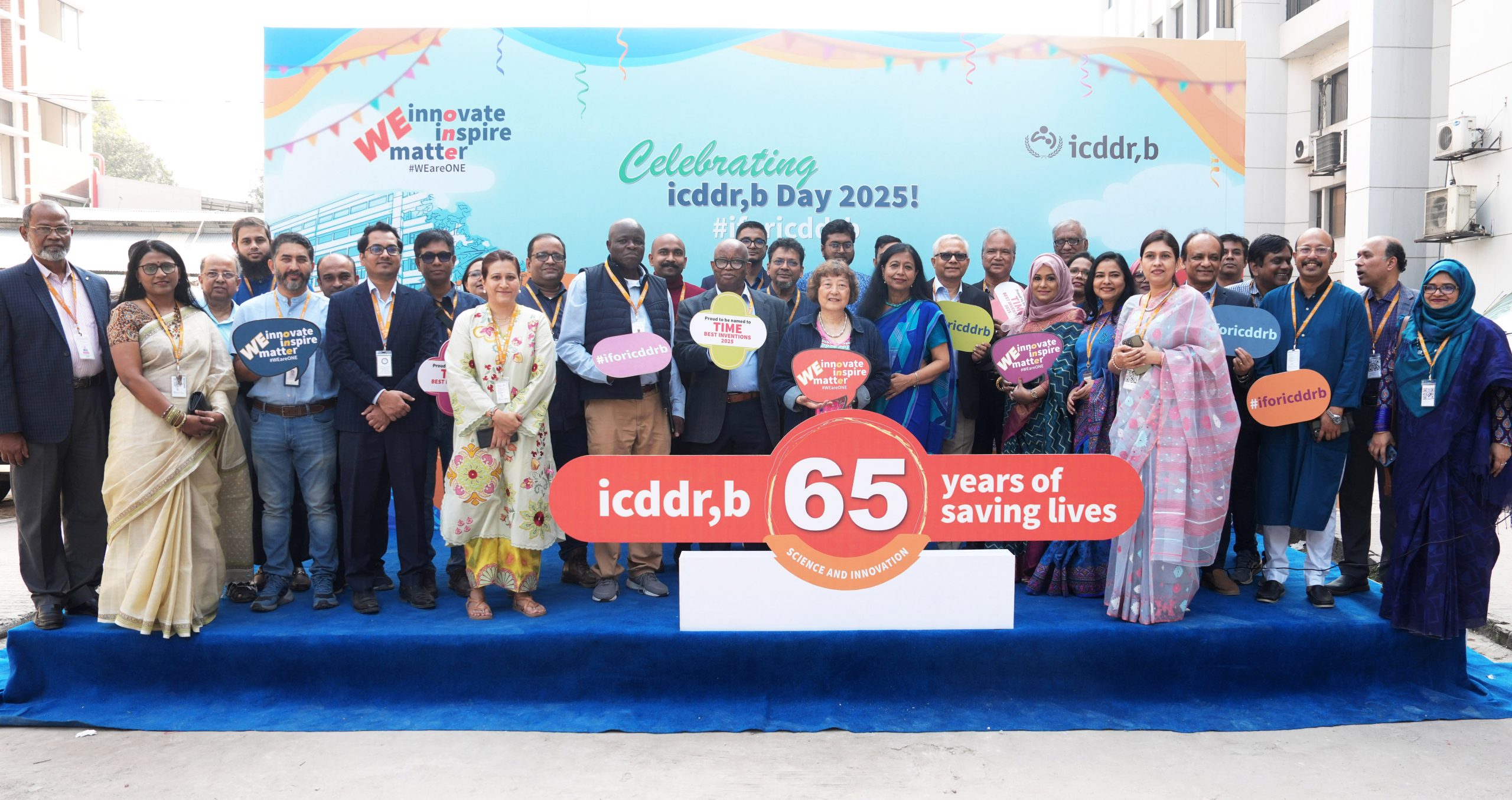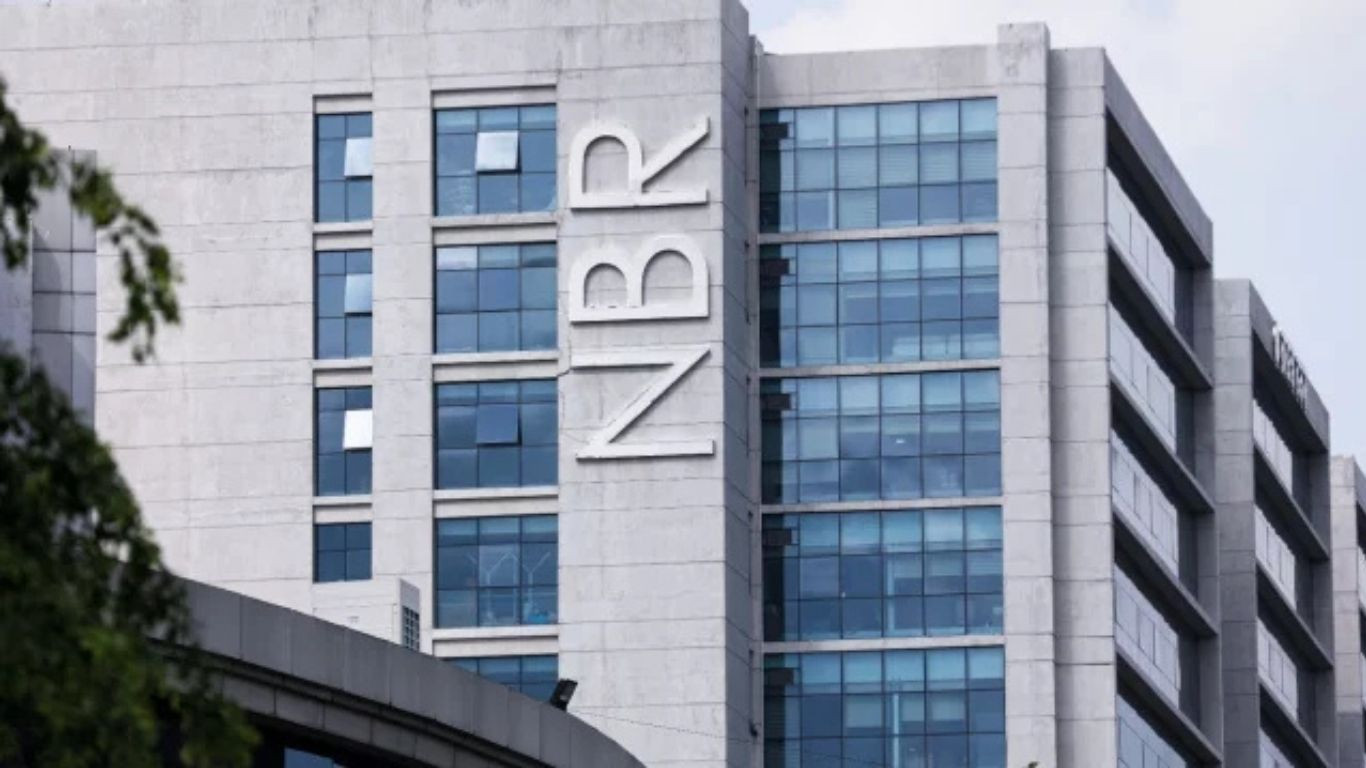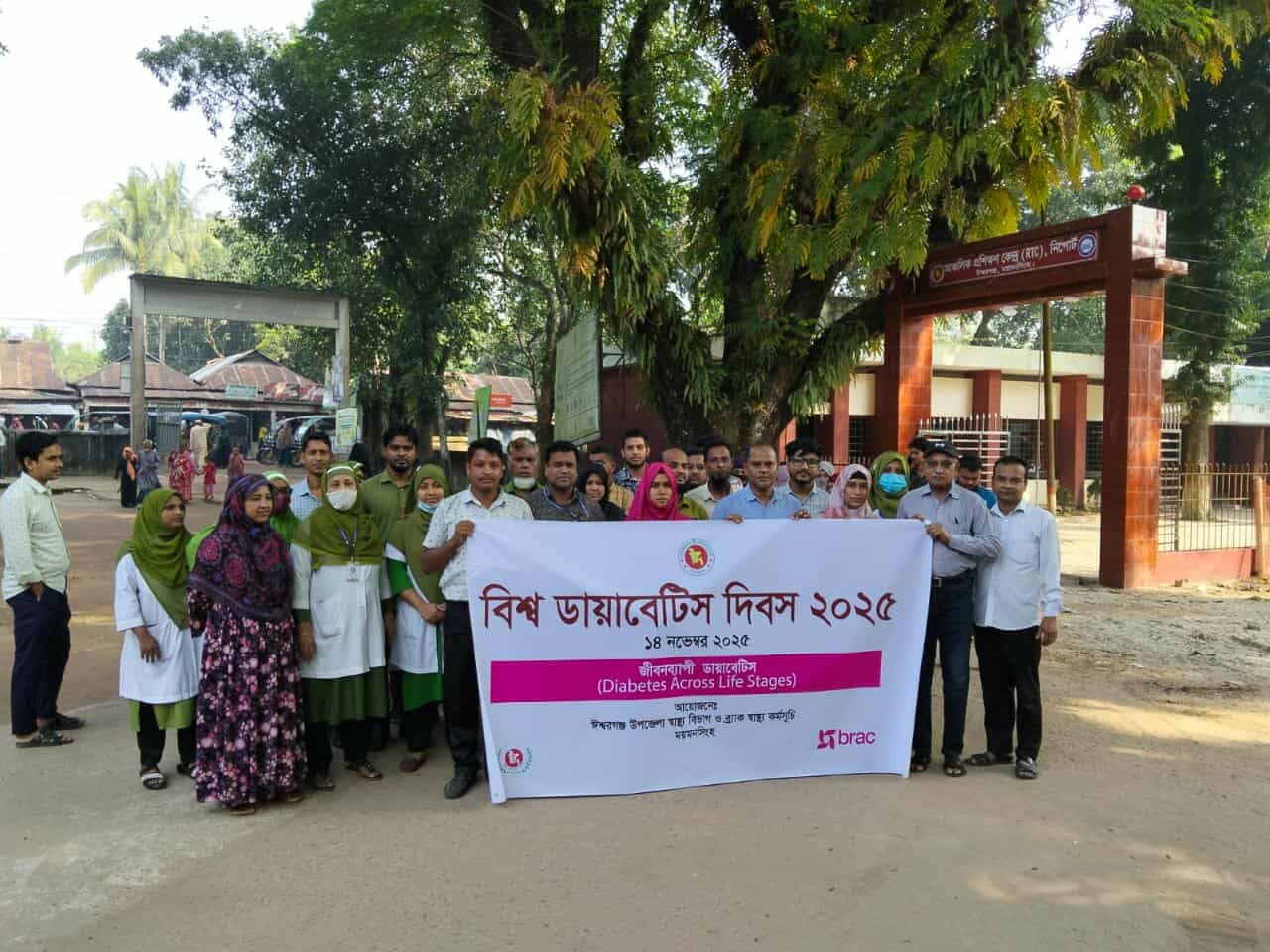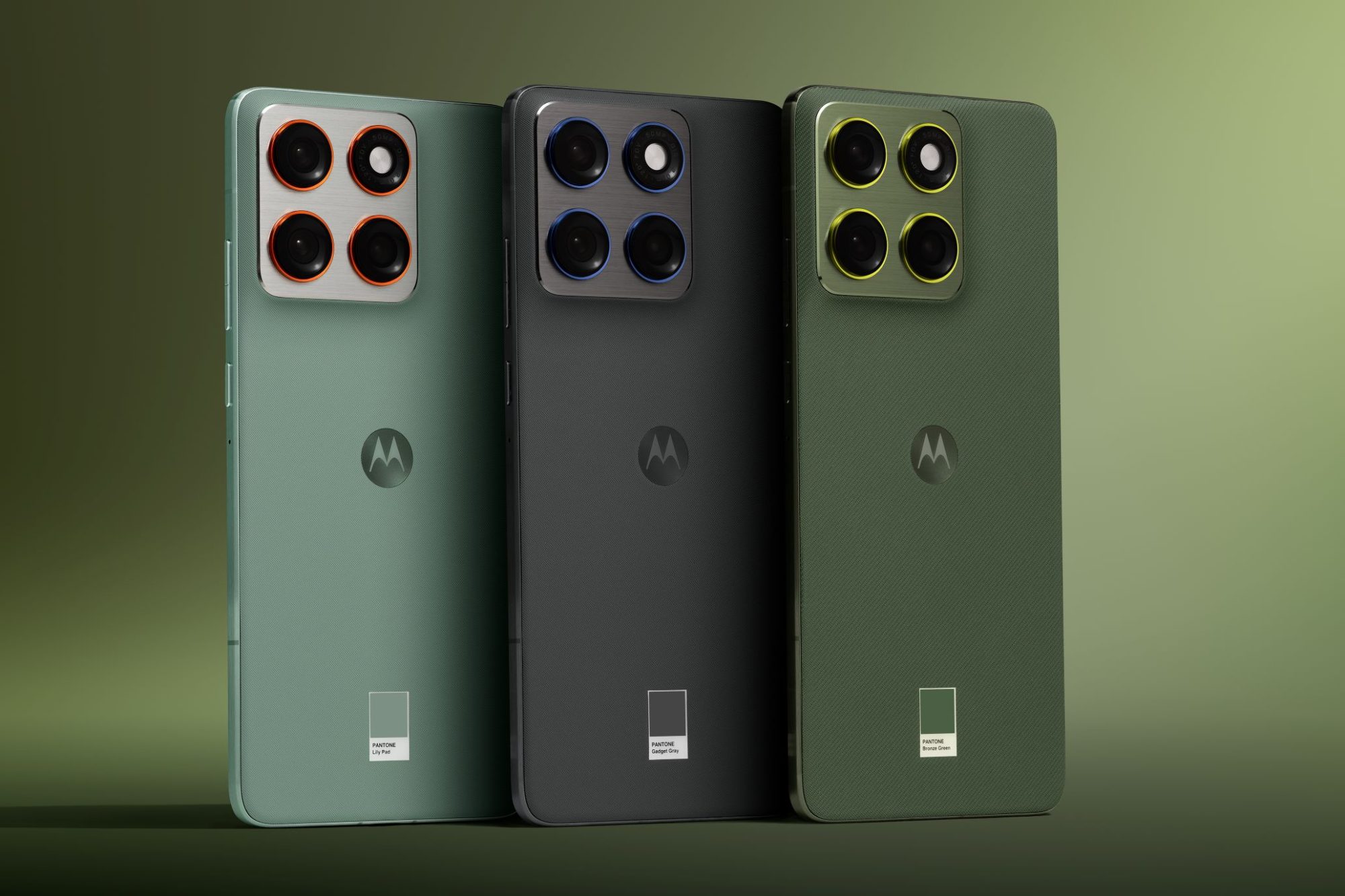Apple’s Tim Cook signals fresh China investment as iPhone Air clears key hurdle

Apple’s supply chain calculus in China
Apple CEO Tim Cook used a visit to China this week to pledge deeper investment and court developers, as Beijing cleared a lingering eSIM issue for the new iPhone Air. China’s industry ministry said Cook vowed to “increase investment,” without giving figures. Apple did not elaborate. Cook toured a Shanghai store and highlighted Chinese game studios and the designer behind the viral Labubu dolls. The messaging was simple: reassure partners, energize fans, and steady sales momentum after a choppy year. A regulatory green light on eSIM allows major carriers to support the iPhone Air’s embedded SIM features, removing an adoption barrier in a market where physical SIM swaps remain common. Analysts say the timing is strategic. Apple wants to lock in holiday demand, and show that, in spite of geopolitics, it can still ship headline features in China on day one.
The broader backdrop is tense. U.S.–China technology rivalry has hardened since 2022. China has scrutinized foreign devices in sensitive workplaces; Washington has tightened controls on advanced chips. Apple has diversified assembly into India and Vietnam, yet China remains central for complex manufacturing and for App Store revenue. Developer outreach matters. China’s mobile game makers and lifestyle apps shape user habits that Apple’s services business depends on. Hardware partners are watching too. Any sign of production or logistics friction can ripple across a just-in-time ecosystem. For now, Cook’s itinerary suggests continuity. Show the flag; lift developer morale; keep local carriers aligned; and signal to investors that Apple still has room to run in its second-largest market. The unanswered questions are about duration and scale. How fast can Apple rebalance production without eroding China-based quality? And can regulatory goodwill around eSIM translate into longer-term policy predictability? The next quarter will test whether this week’s optics deliver measurable demand.


